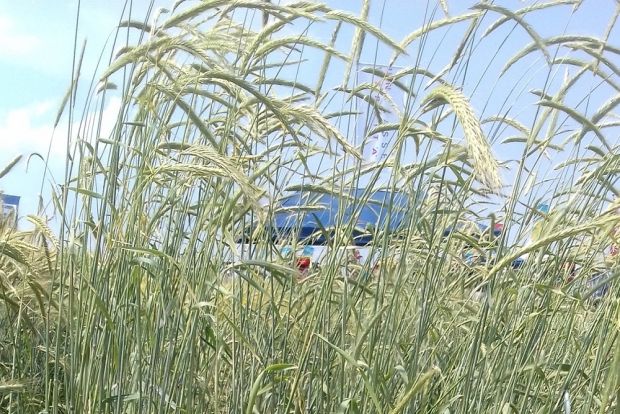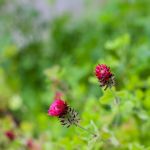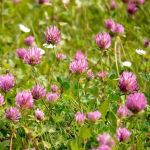We use cookies to make your experience better. To comply with the new e-Privacy directive, we need to ask for your consent to set the cookies. Learn more.
Organic Wild / Perennial Rye Seed
Price From
€2.95
Ancient species of rye grain (Secale multicaule) tolerant of very poor conditions and soil. More details below.
Sow Months: Mar-DecField Rate: 120-150kg/ha (When sowing later, increase seeding rate)Horticulture Rate: 1kg covers 60m²
Wild Rye (Secale multicaule) Seed
Also called St Johns Rye, Perennial Rye or Waldstauden Roggen - thrives in heights up to 1400 meters. The grain is clearly smaller, tastes sweet and rustic. It is mainly used for crushing or wholemeals and used as an additive for rye bread and pastry. Ideal also as sprouts or seedlings for salads and garnishes or as flakes in muesli.
- Wild Rye is a 7,000-year-old grain variety, originally from the Middle East.
- Originally grew as a weed on the wheat fields. When the grain was grown northward, the primary crop was cultivated for its winter hardiness and its low demands on the soil, and further cultivated to the present common rye.
- Has almost completely disappeared because it has much smaller grains than conventional rye (Secale cereale) and thus the yield derived from it is more than 50 per cent lower. However, since it is an extremely undemanding, frost-resistant crop and grows on barren soils and even at an altitude of 2,000 m, it is becoming more popular.
- A special advantage of the wild rye is the powerful and fine root system, which penetrates the entire arable profile. The plant is a deep-rooted and will improve the fertility and drainage of the soil.
- The method of cultivating wild rye is different from that of other cultivars: in autumn or spring (originally around St John Day, 24 June) the grains are sown. In the first year, the green can be cut or grazed before or during the winter. The plants will then overwinter and can grow taller than 2 meters high when forming the ears. The plants can be harvested that second autumn. The yield will be about 30% greater when grazed or mowed as that induces tillering.
Harvest
- Semi-perennial rye should be harvested in the stage of yellow maturity to minimise grain shattering and ear sprouting.
Use
- The protein content of wild rye is10% more than that of normal rye. The grain is also rich in trace elements such as potassium, magnesium, iron and zinc and contains many of the important B vitamins.
- Wild rye gives bread a dark colour and a strong, slightly sweetish taste.
- Bread made of semi-perennial rye is resistant to moulding and remains fresh and soft for longer.
| Persistence | 1 Year (Winter Hardy) |
|---|---|
| Single Variety or Mix | Single Variety |
| Special Features | Deep Rooting |
| Brassicas | No |
| Grasses | No |
Write Your Own Review



